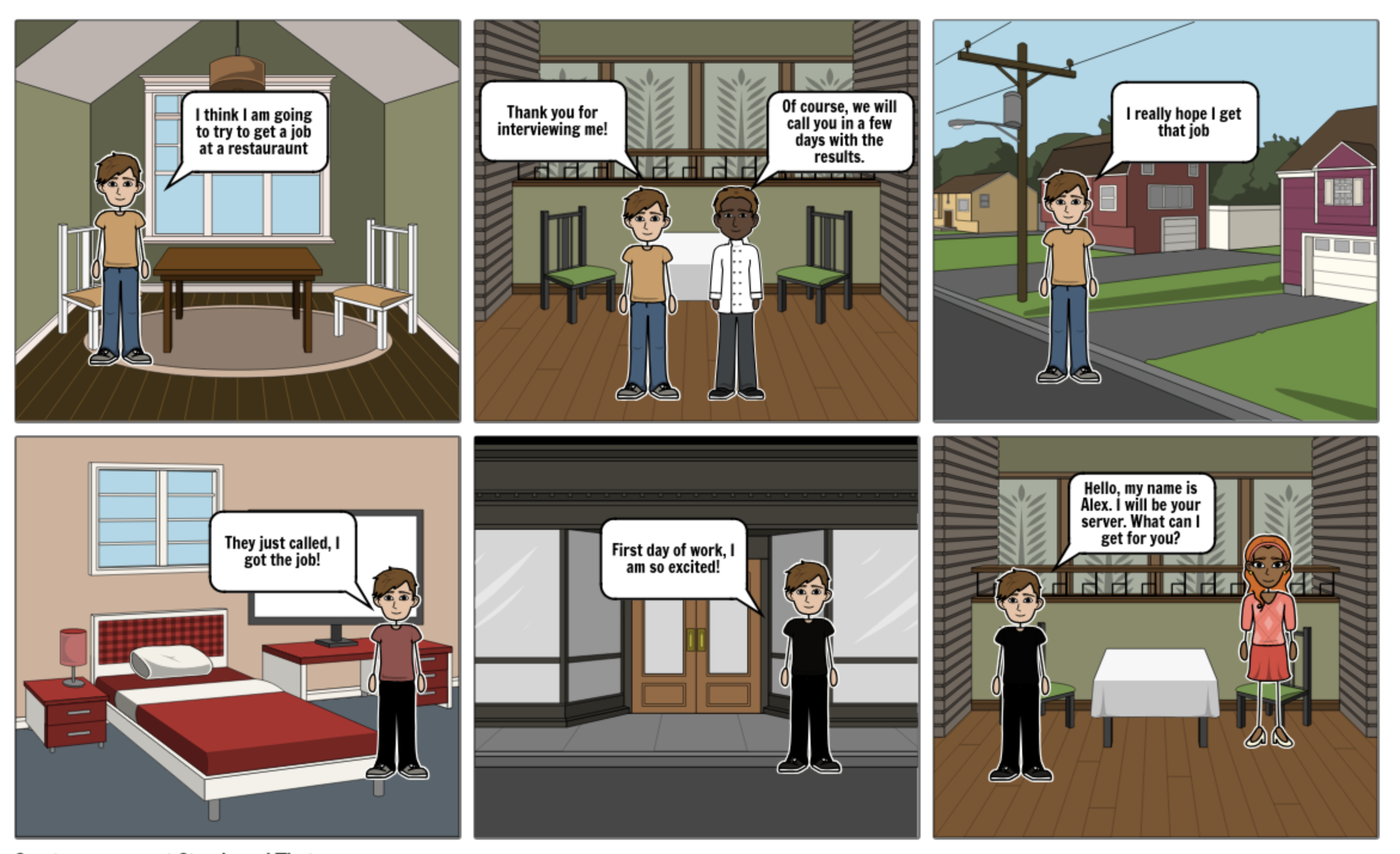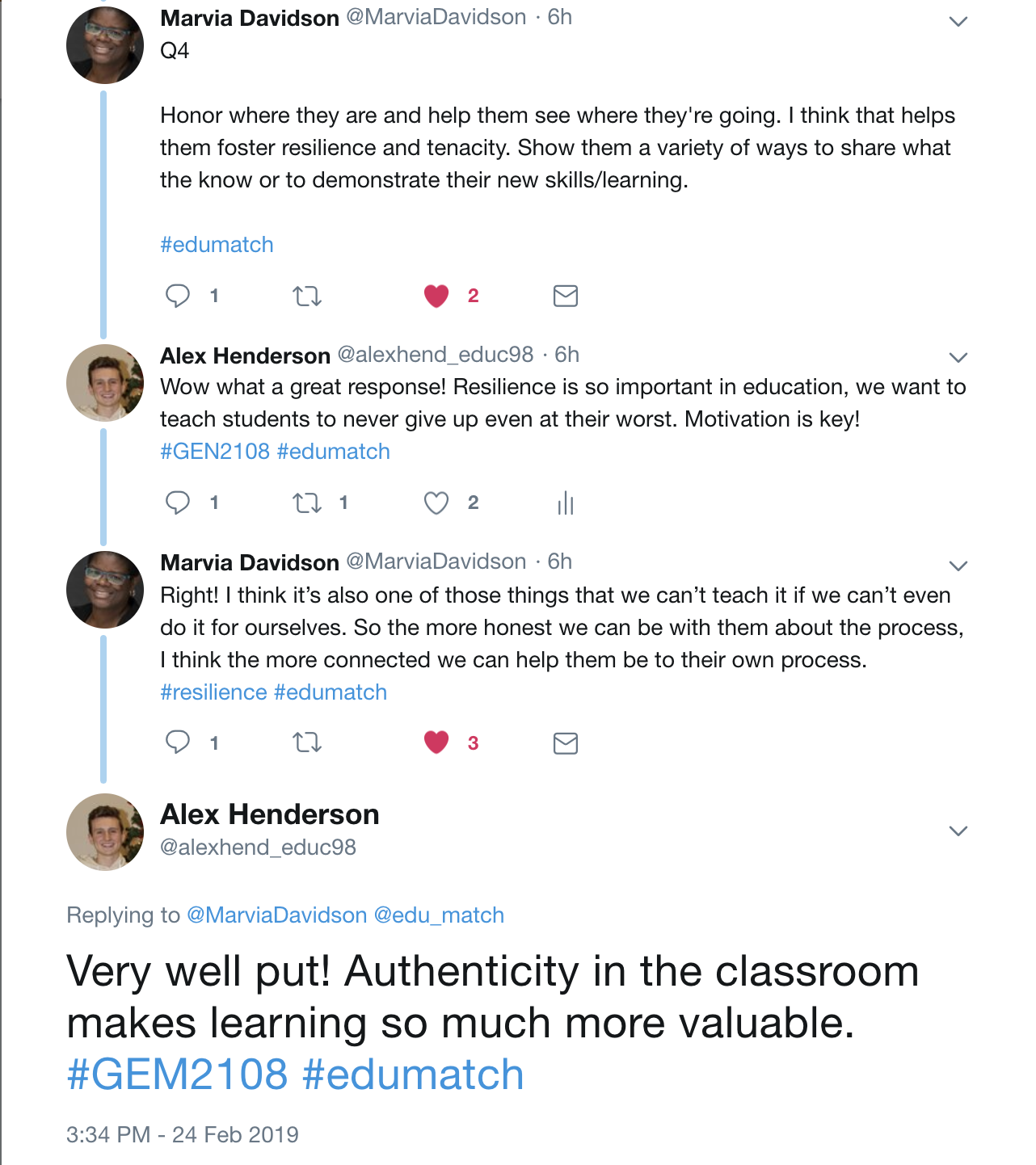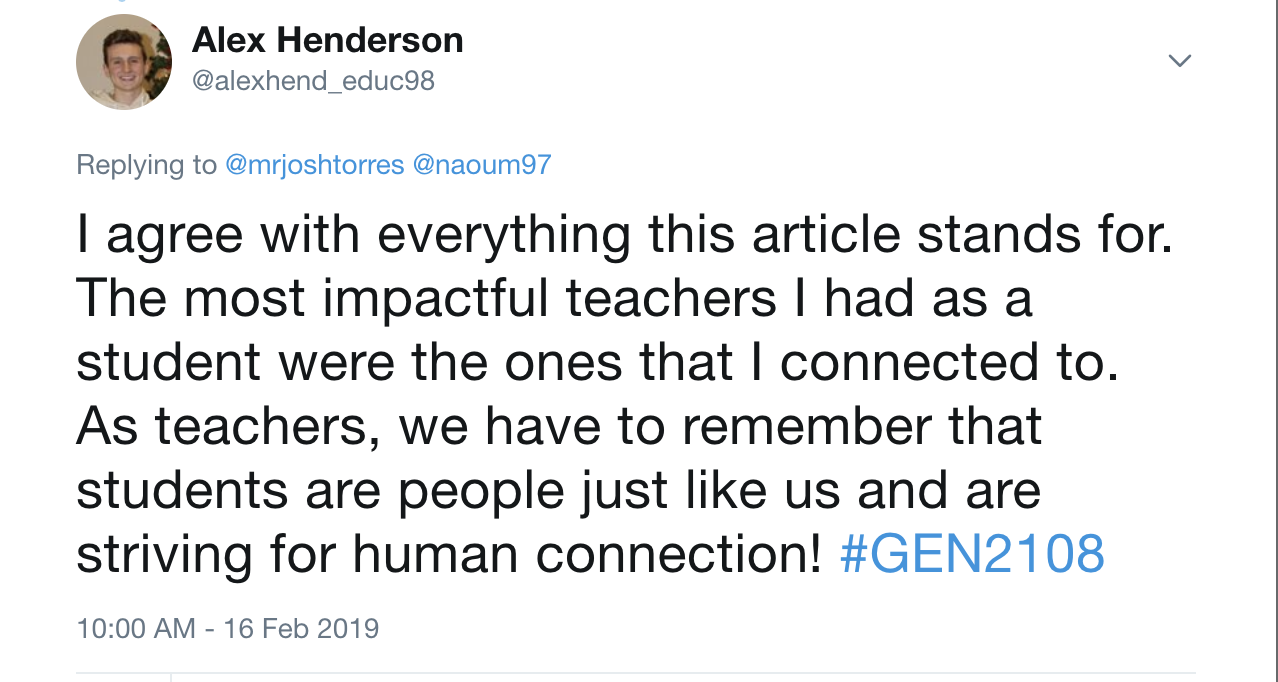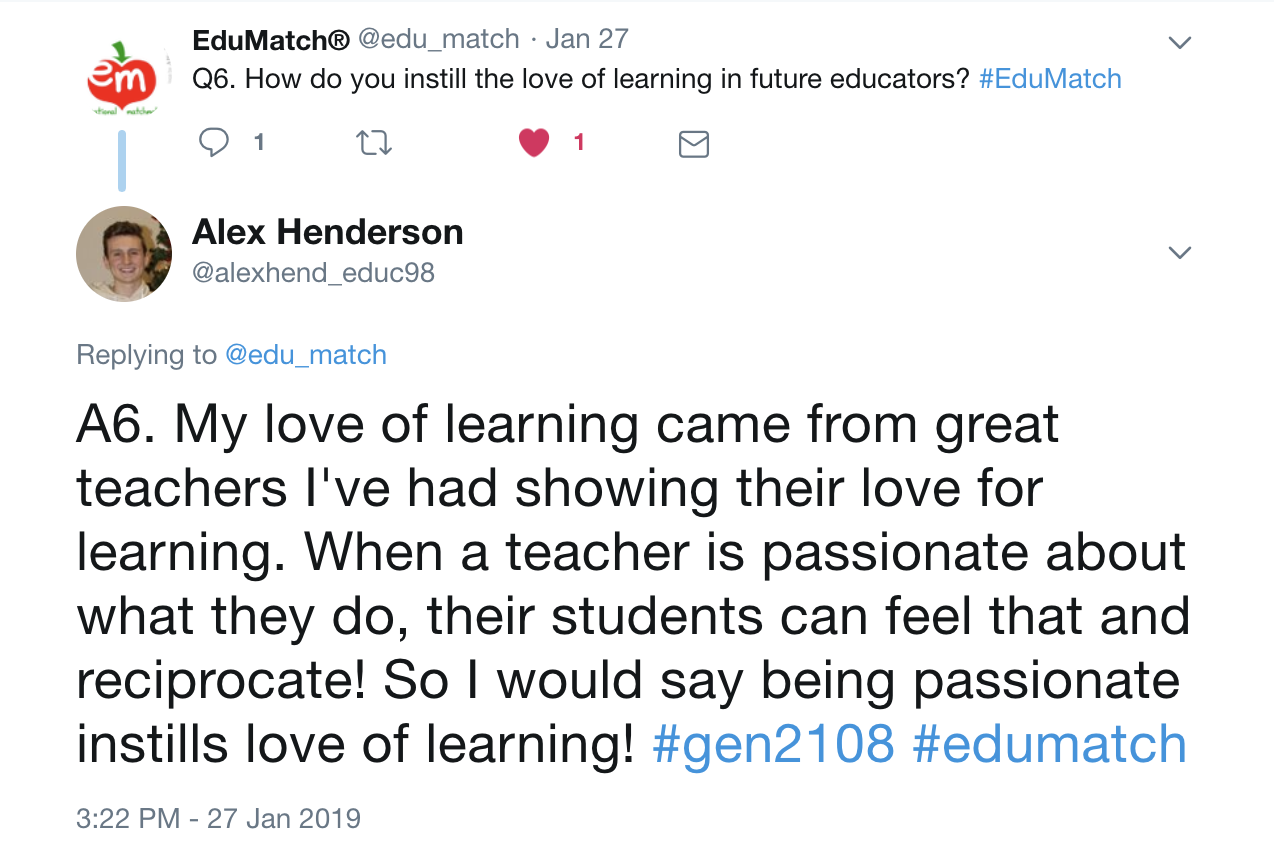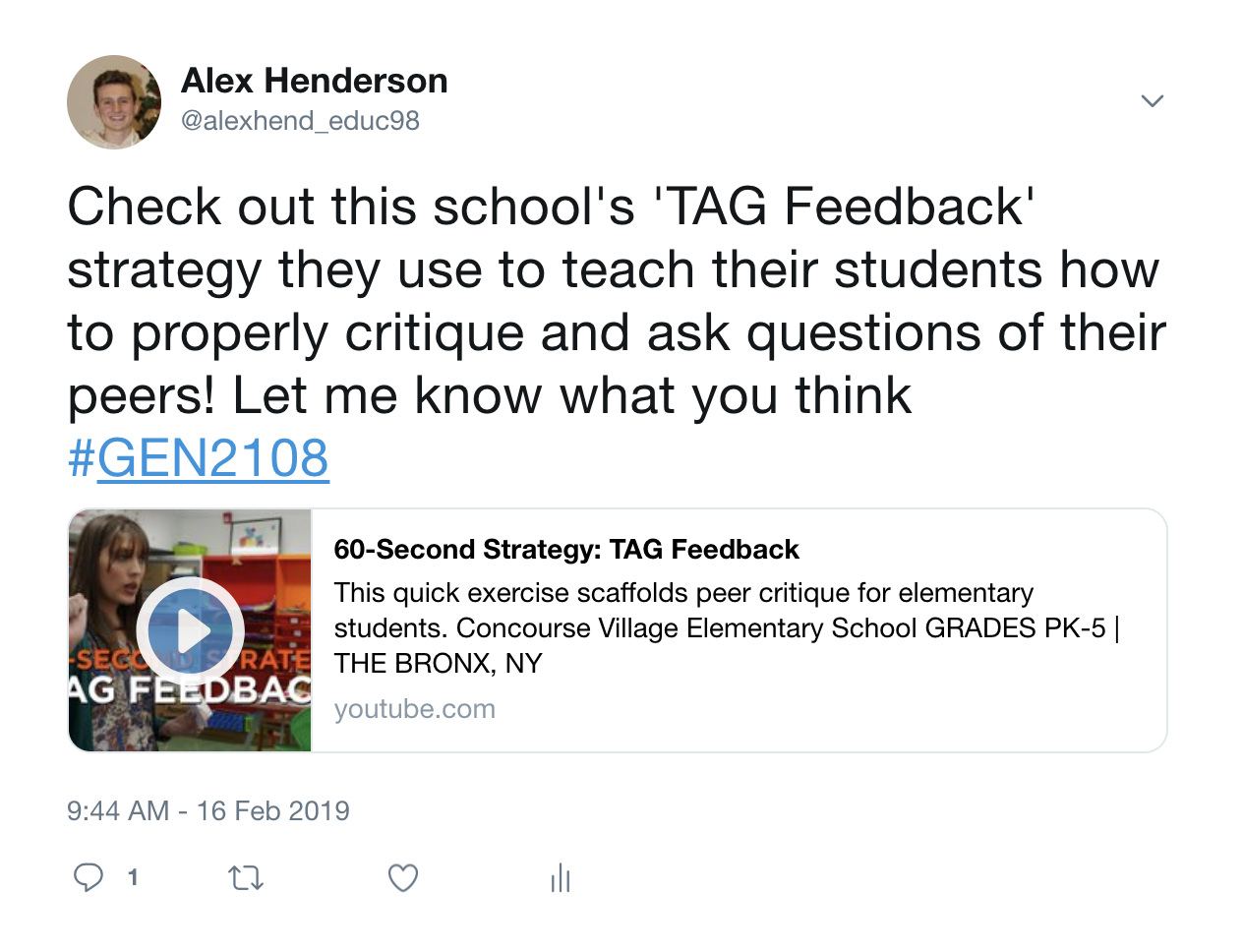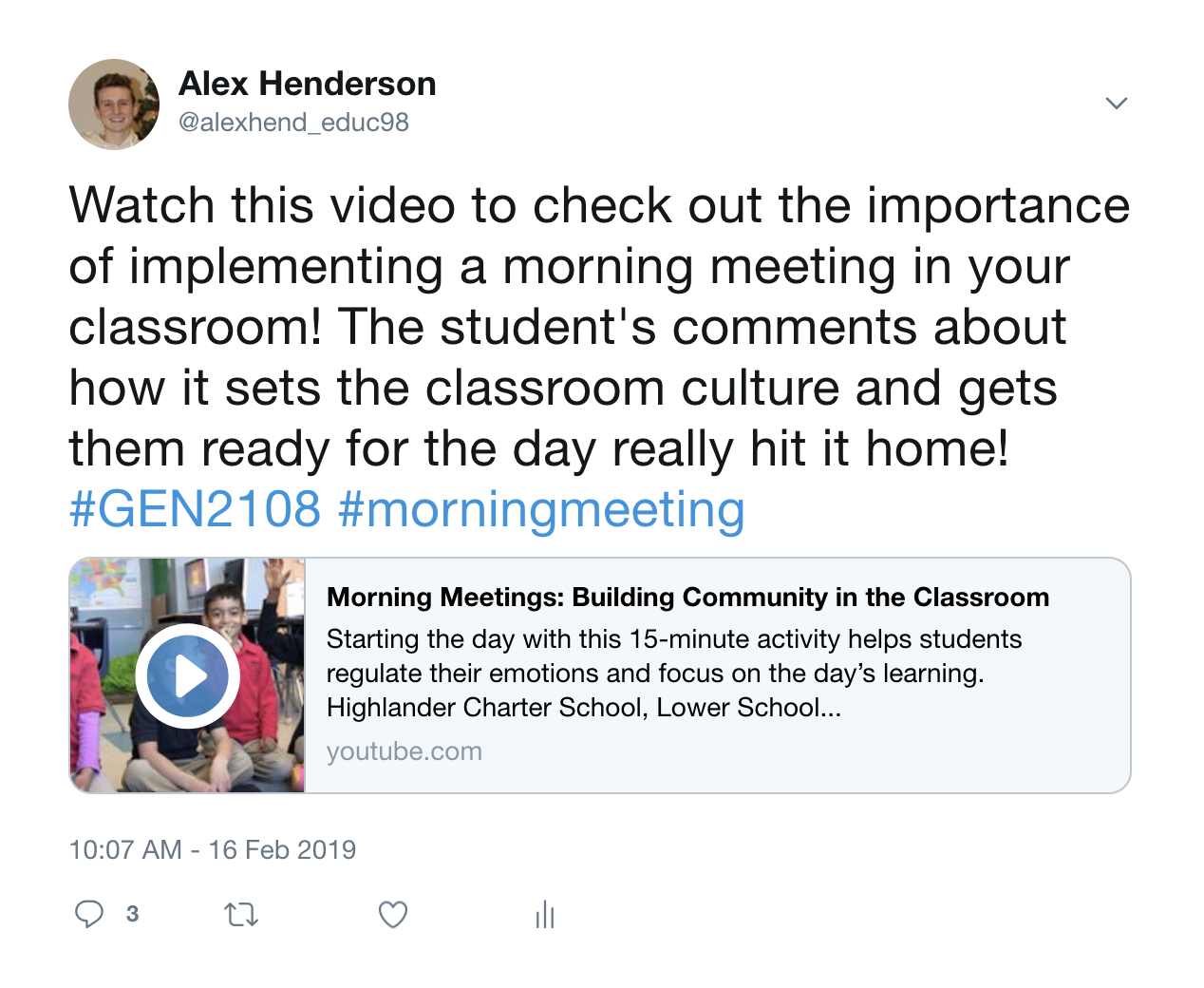Teachers all around the globe are finding it harder and harder to engage their students. With the current youth engaged continuously on their devices, having to come into a classroom, sit quietly, and listen to their teacher talk about concepts that seem foreign to them seems almost comical, but we continue to do it.

Lucky for us, the future of education looks much more engaging as technology continues to advance. Virtual reality is the new hot spot in schooling and seems to be spreading like wildfire and for a good reason!
What is Virtual Reality
Wired has a great article on virtual reality that ultimately encompasses all aspects of the software that you can read right here! However, in short, virtual reality (VR) is a false reality that is computer generated. The most common form of VR is a headset that projects images through the eyewear that makes the user feel that they are immersed in whatever ‘reality’ they are experiencing. Virtual reality is used for gaming, entertainment, and now, learning! The two leaders in VR are Oculus and Vive.
So What!?
Virtual reality is one of the most engaging pieces of technology out there today as the user is completely immersed in whatever it is that they have chosen. Because of the high level of engagement that VR provides, it is an excellent resource for education. Teachers who have the ability and resources to implement VR in the classroom have the luxury of engaging their students on another level. Imagine you are learning about the Battle of Gettysburg in your history class and instead of reading it out of a textbook and watching 30-year-old documentaries about it, you are actually standing in Gettysburg, Pennsylvania watching the Confederacy and the Union fight. Imagine shrinking down to the size of a red blood cell and traveling through the human body to learn about the circulation system. With virtual reality, these types of adventures that seem to come right out of The Magic School Bus can happen in your own classroom!
Watch some videos of classrooms that have VR in their classes and listen to how well the students react to it!
The reason why this technology is so engaging is that it places the students in the content and doesn’t require them to have background information to conceptualize sometimes abstract concepts. This technology supports a teaching technique known as embodied learning which is a style of teaching that involves the whole body with learning.
What do you think of VR? Would you implement it in your classroom? Let me know in the comments down below!
